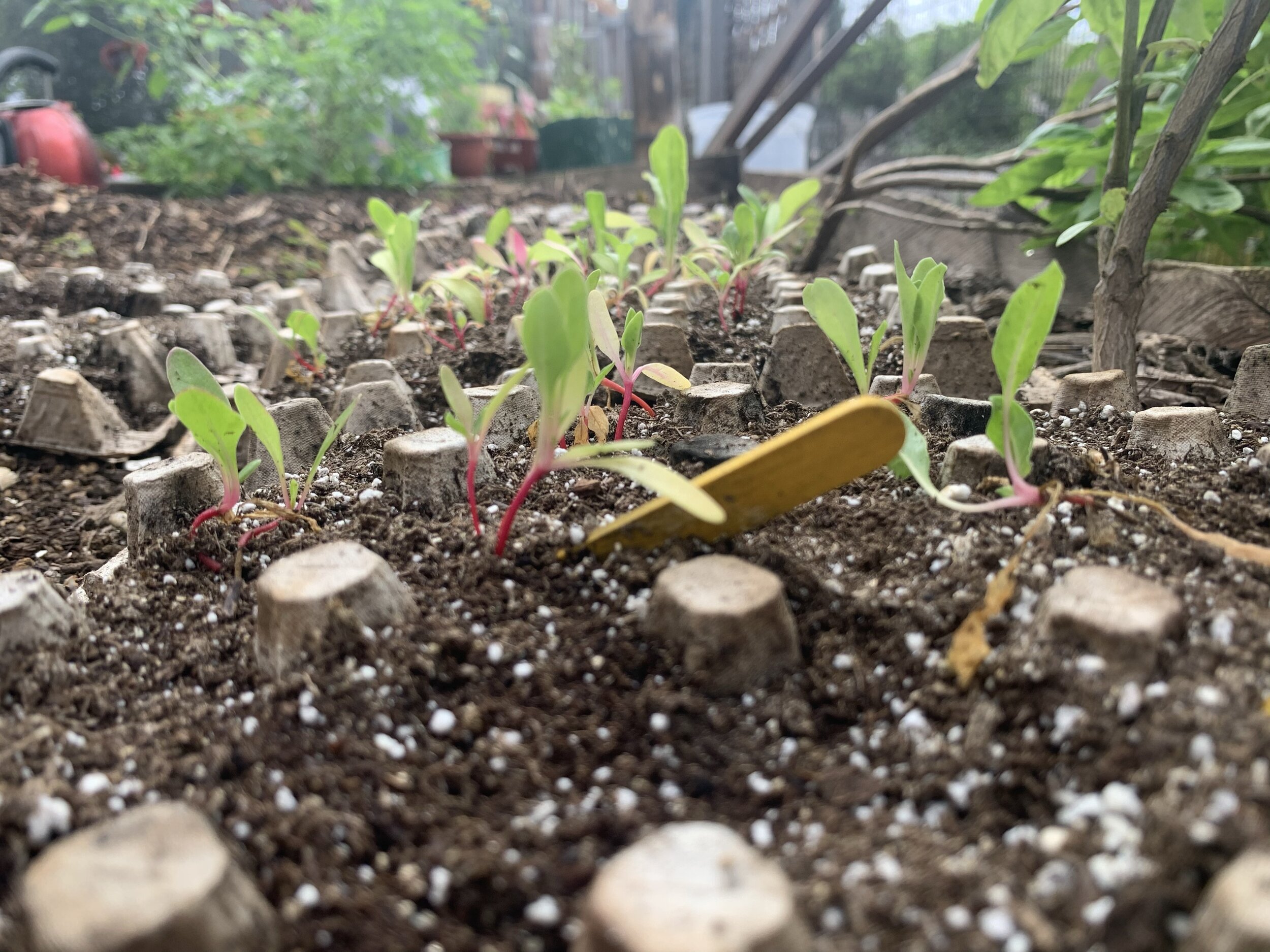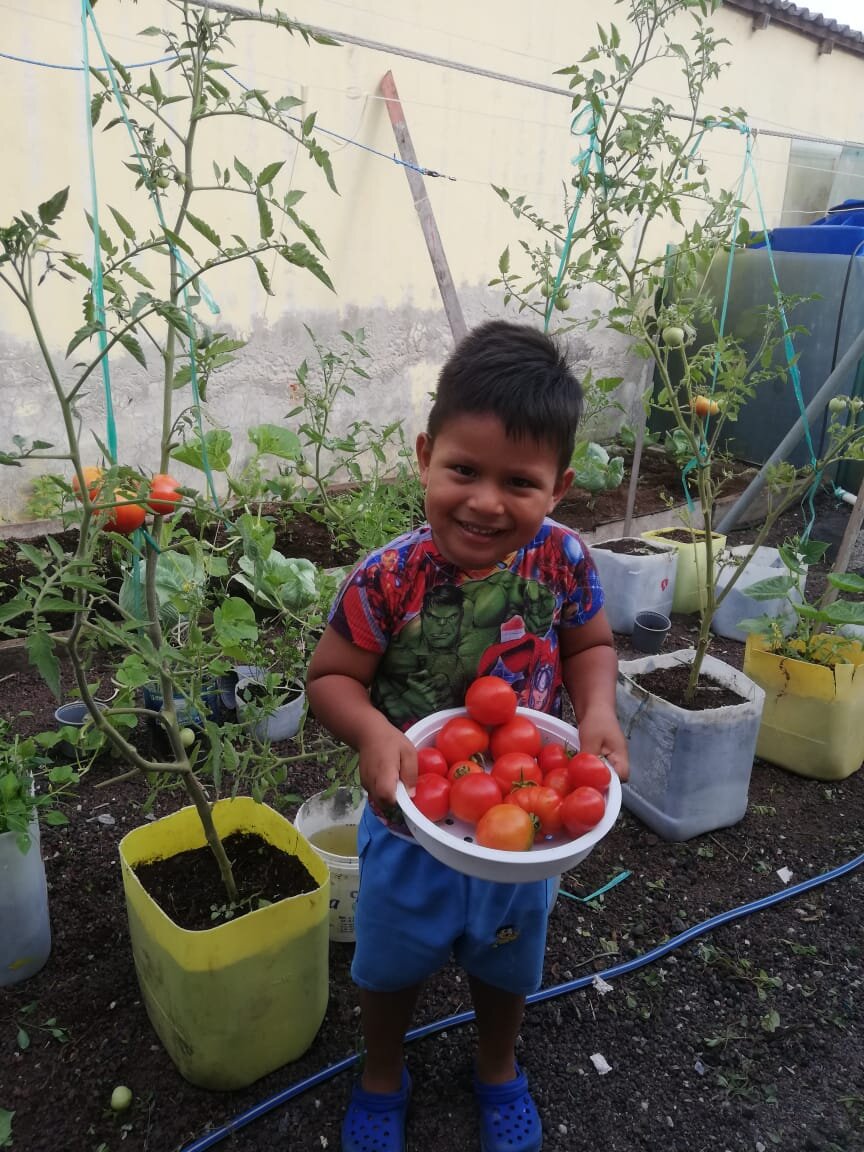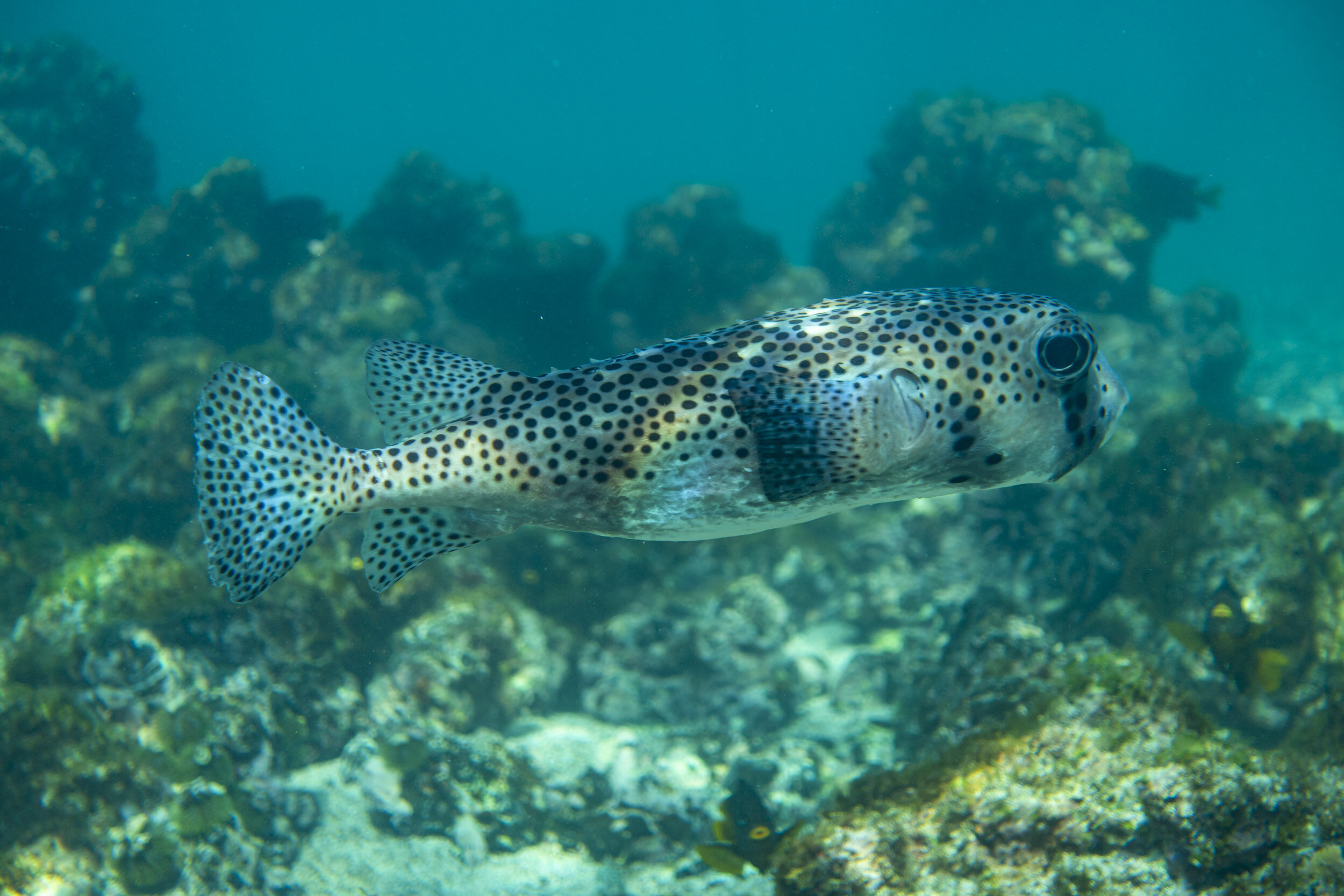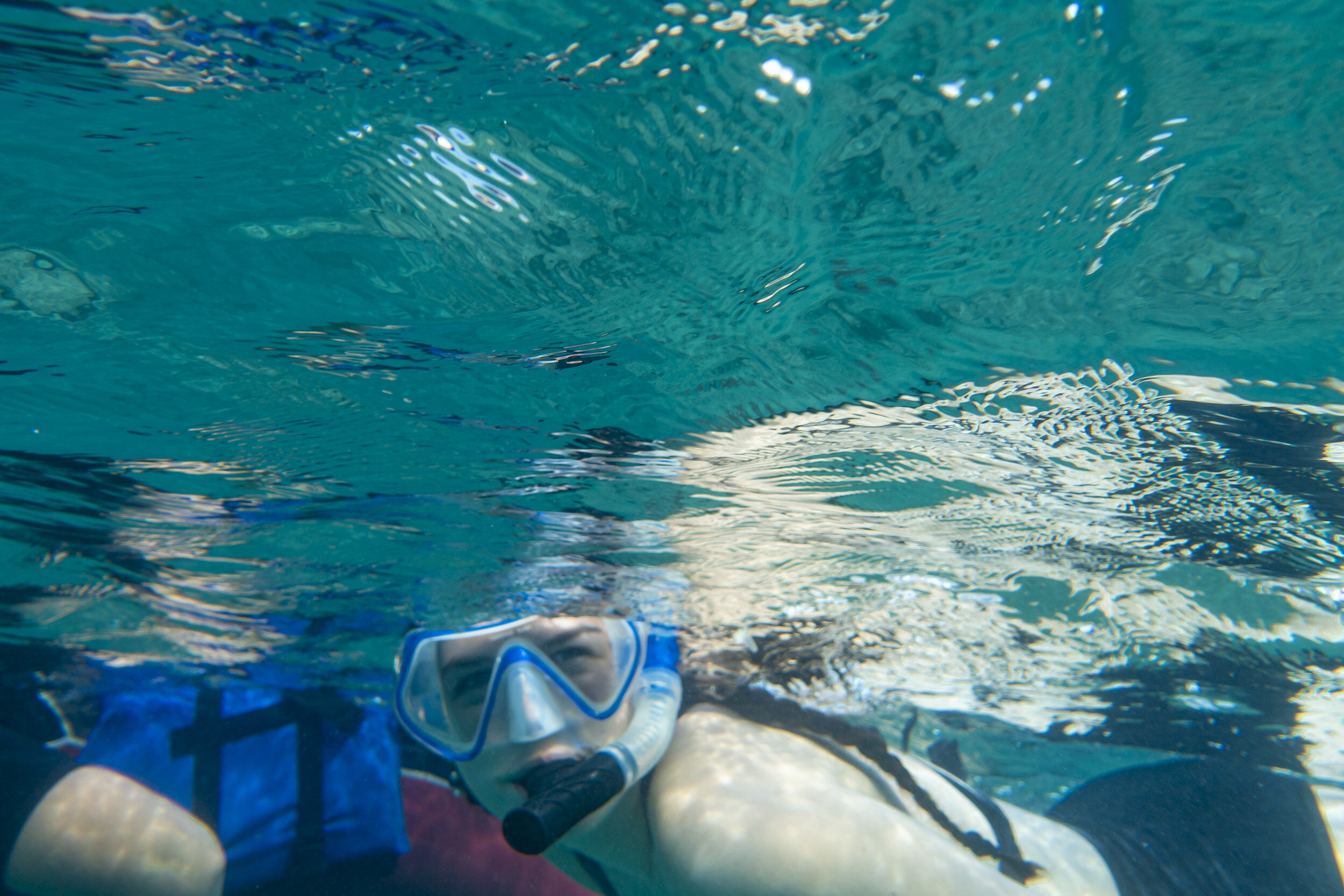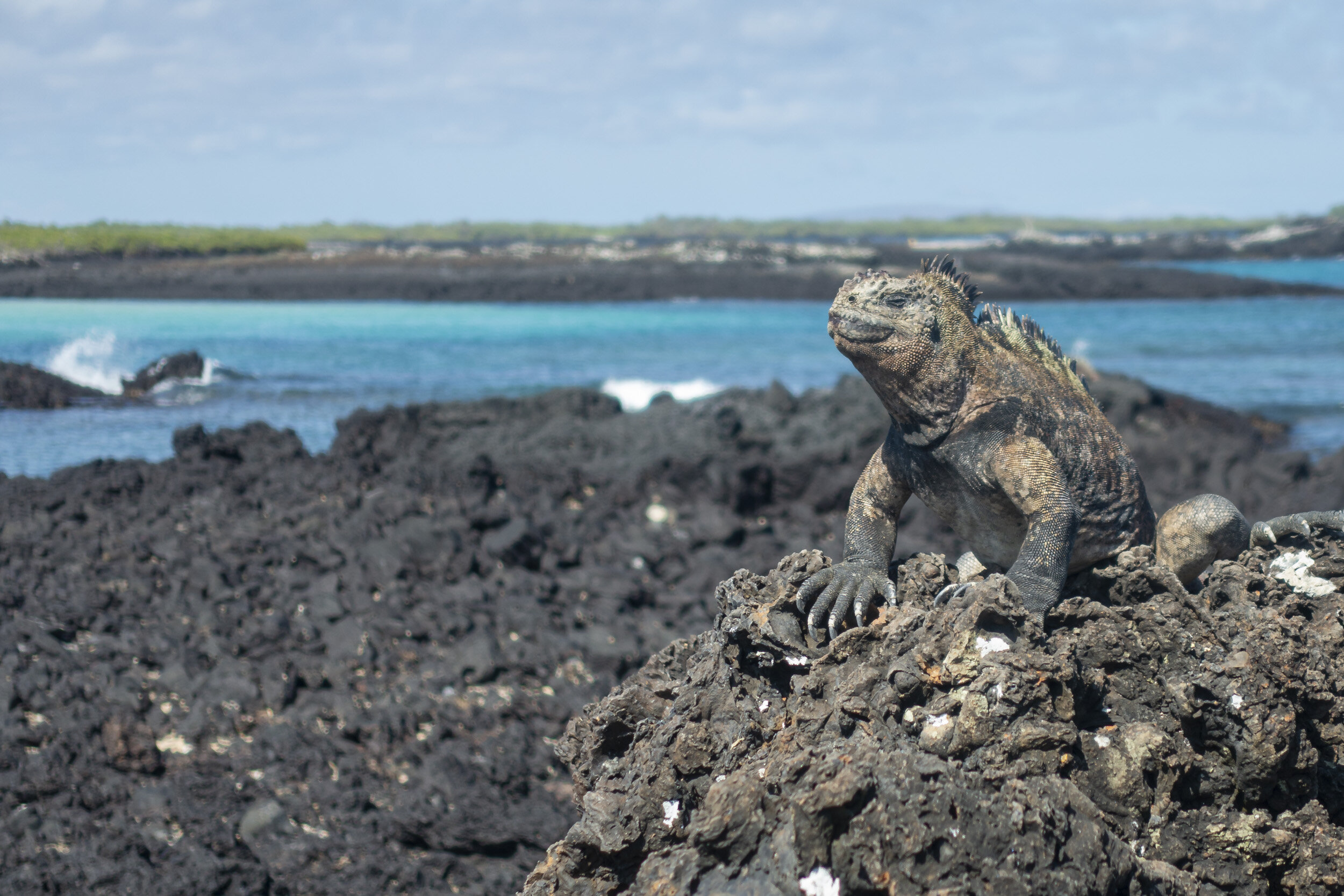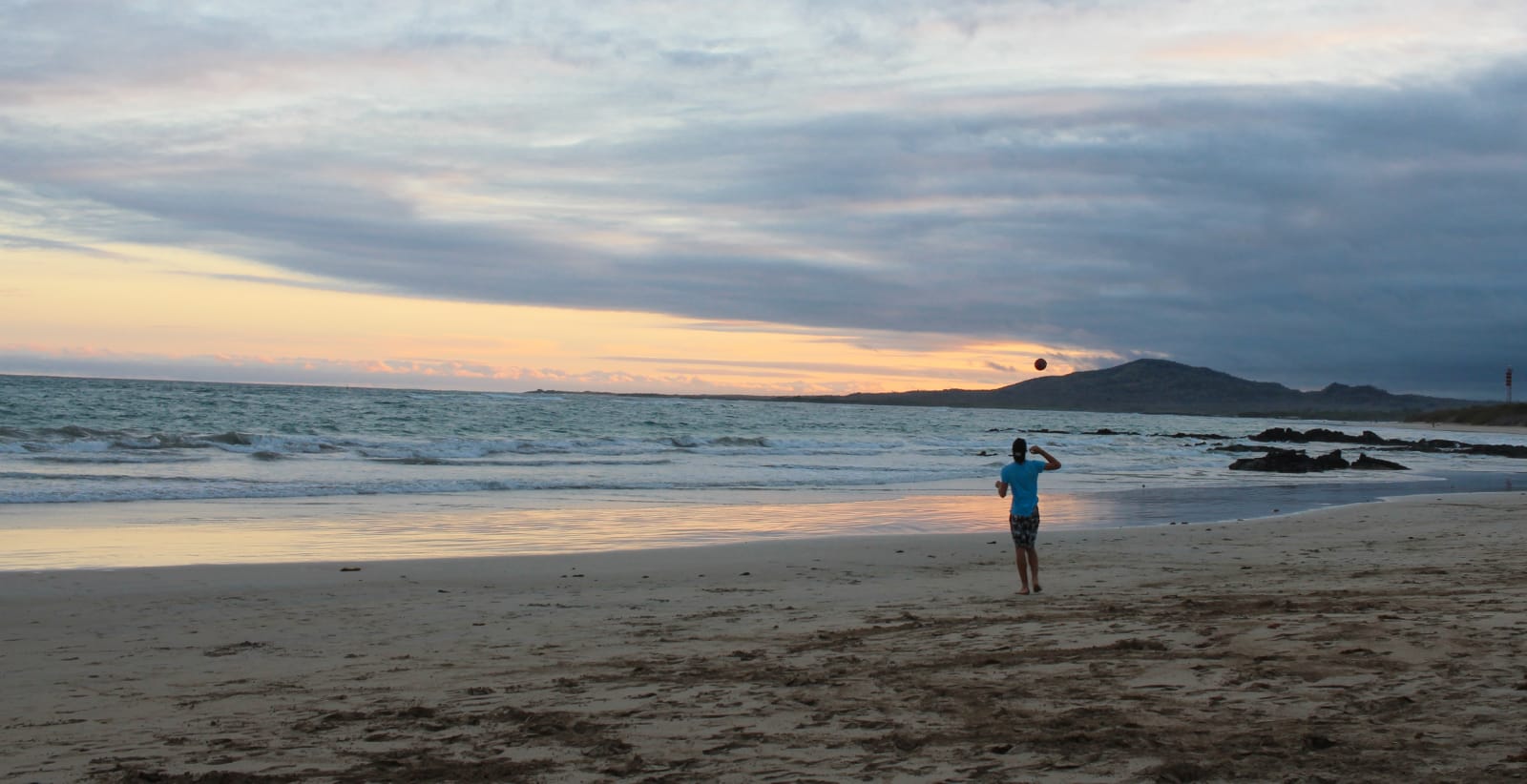We rented bikes for this excursion. The trail is 5km long and starts just past the trail to the Giant Tortoise Center. In total, the wall is about 6.5 km from IOI. I listed this as a free activity as it is possible to walk/run the trail, but it is somewhat long and hilly, so I would highly recommend renting a bicycle. The bicycles are generally $3 an hour or $15 per day, so they are still quite budget-friendly. Our trip took about 3.5 hours (although we made several lengthy stops along the way), so we paid $10.50. It is a fairly long ride with a lot of hills, so be sure to bring lots of water and try to go in the morning or late afternoon, when the heat is less intense. We left at about 3pm. It was still somewhat hot when we started but the weather cooled down pretty quickly and was a very pleasant ride after the first 45 minutes or so. There is also an option to take a taxi to the head of the trail to at least chop off the first 1.5km.
The wall rises from the middle of barren wilderness, near the base of a mountain. It was built from 1946-1959 by prisoners in the Isabela Penal colony as a means of keeping them busy. Many died during the harsh labor conditions surrounding the wall’s construction before the colony was eventually shut down for inhumane treatment of prisoners. The wall now stands in tribute to those who lost their lives to build it.
Behind the wall there is a trail up the mountain to a lookout point at the top. There is another lookout just before the last stretch of the bike trail which offers similar views of Isabela.
Tours:
NOTE: All of these activities must be done with an organized tour agency as they are part of the Galapagos National Park. Prices below are based on Natural Selection tour company, near IOI, and tours can be arranged once in Isabela.
Las Tintoreras:
Price: $40
Approx. time: 3 hrs
Our first day in Isabela, we took a boat out to Las Tintoreras. This tour can also be done by kayak. Las tintoreras are a series of islets just south of Puerto Villamil. It is about a 10-15 minute boat ride to get there. We spotted a penguin on our way there! We did a short hike around the islet. We spotted several turtles and a couple of golden rays from the land, and we saw two turtles mating! The snorkeling was beautiful, with crystal clear water. We saw lots of turtles and starfish, as well as a couple of swimming marine iguanas. I also spotted a large, alien-looking yellow striped lobster, and one member of our group saw a shark!


